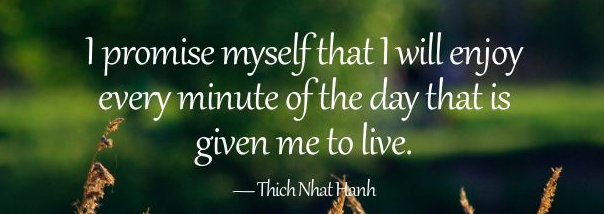
I recently presented to the lovely ladies of Women Empowered on utilizing mindfulness to reduce and manage stress. As part of the presentation, I shared my 8 personal tips to incorporate an informal mindfulness practice into every day life and wanted to share them with you!
For those of you who may be newer to mindfulness, it may be defined simply as a moment to moment awareness of our thoughts, feelings, bodily
sensations, and surrounding environment. It is this present moment awareness that helps us accept and experience reality (internal and external) just as it is occurring to decrease stress and anxiety.
Mindfulness requires:
- Awareness or observer stance
- Attitude of openness and curiosity (be open and curious about difficult or unpleasant experiences rather than running away or fighting them)
- Flexibility of attention (Consciously direct or focus attention)
While formal mindfulness practices have been shown to be the most beneficial when utilized consistently, many of us struggle to incorporate a 45 minute meditation into our busy schedules. Does this mean you have to live a mindfulness-free life? No! Rather than taking an all-or-nothing approach to mindfulness, here are my 8 tips to infuse a bit of mindfulness into your daily life!
1. Do one thing at a time. Single-task, don’t multi-task. When you’re talking to someone, don’t talk to someone and send an e-mail. Research suggests that we are actually more efficient when we do a single task mindfully than multiple tasks at once.
2. Do it slowly and deliberately. Take your time, and move slowly. Make your actions deliberate, not rushed and random. When we are in busy mode, we are out of the present moment so use your daily tasks as anchors in the present.
3. Put space between things. If you cannot put space between tasks or appointments, give yourself between 2-5 minutes to ground yourself by either checking in with your mind and body or doing a simple breathing meditation.
4. Spend a few minutes each day doing nothing. Just sit with yourself…yes, stop checking e-mail…and Instagram…and turn the TV off. This is one of the most uncomfortable things for most of us because we are not used to being with our actual experience. Start with 1 minute and try to expand up to 5 or beyond as you learn to tolerate more and more.
5. When you notice feelings of stress, anxiety or sadness, check in with your mind. Observe your thinking — are you worrying, ruminating, catastrophizing, saying something negative about yourself? Learn to recognize when you’re doing this, remind yourself that thoughts are not facts and practice bringing yourself back to the present.
6. When you’re talking to someone, be present. How many of us have spent time with someone but have been thinking about what we need to do in the future? Or thinking about what we want to say next, instead of really listening to that person? Instead, focus on being present, on really listening, on really enjoying your time with that person. Connection is what matters, not our to-do list.
7. Make daily tasks mindfulness activities. Cooking, cleaning, washing your face, driving to work and playing with your dog are great ways to practice mindfulness daily. Put your entire mind into those tasks, using your 5 senses to ground you in the present (e.g. washing your face- pay attention to the sensation of your fingers against your skin)
8. Keep practicing. PRACTICE PRACTICE PRACTICE! It takes time to re-train our brains so be compassionate towards yourself when you struggle or forget to be mindful. Mindfulness is not a skill to be conquered, it is a process.
